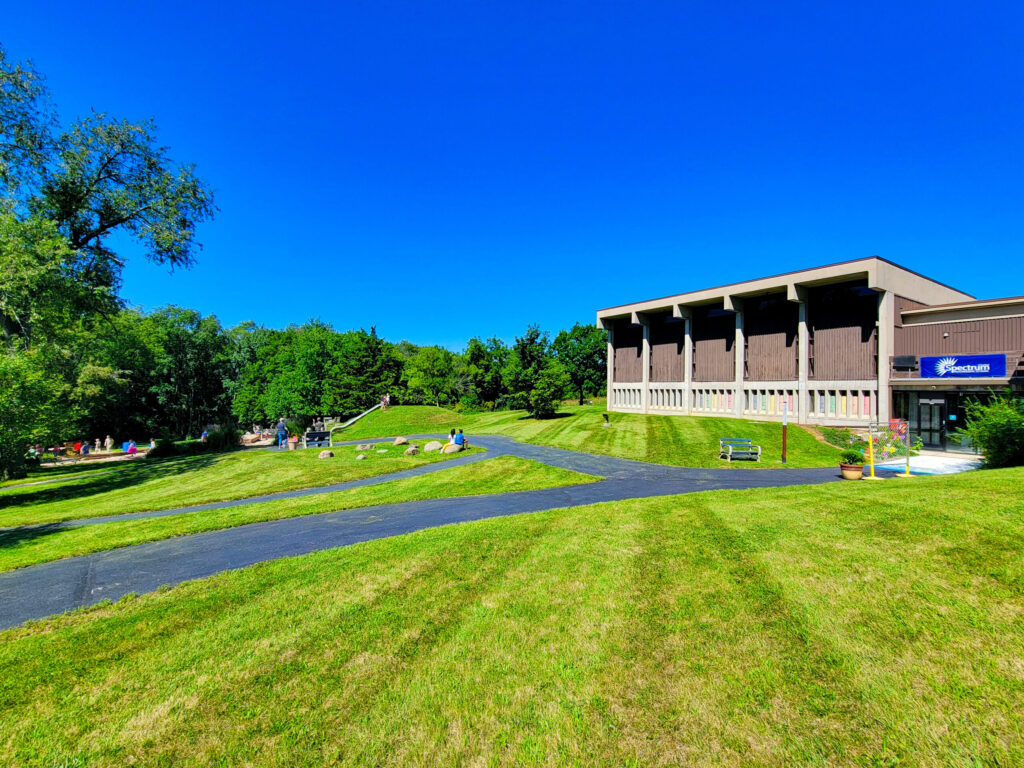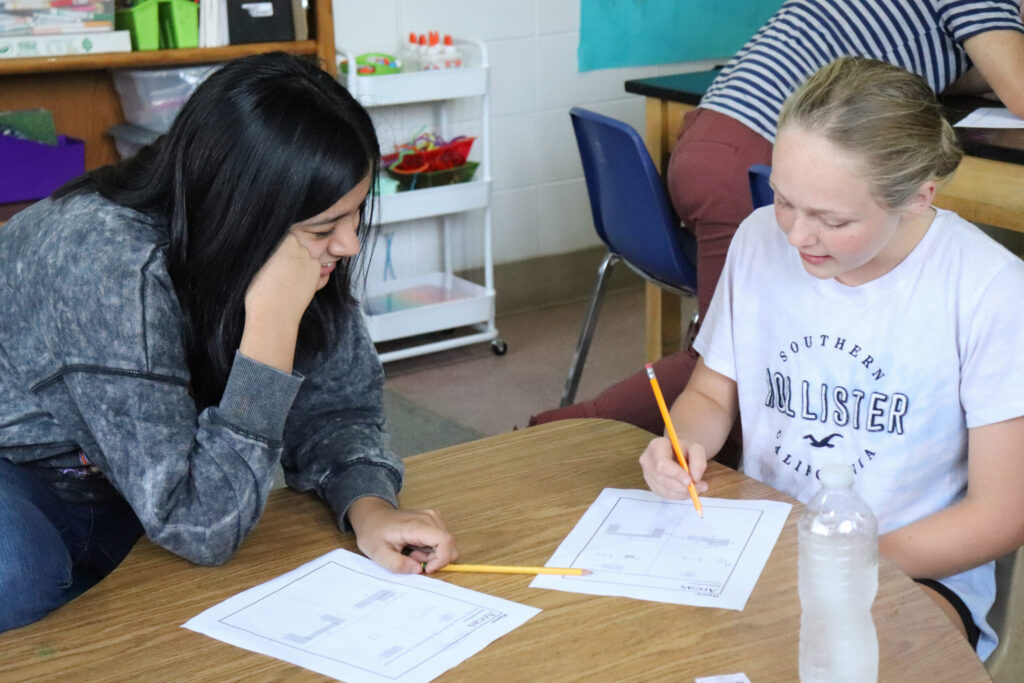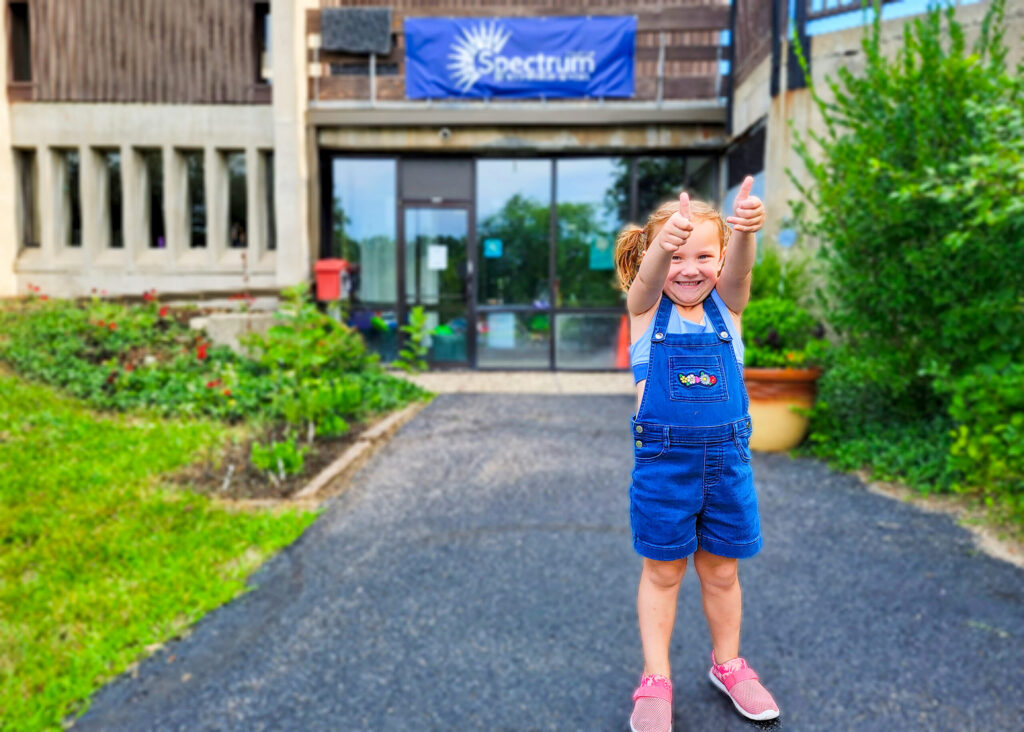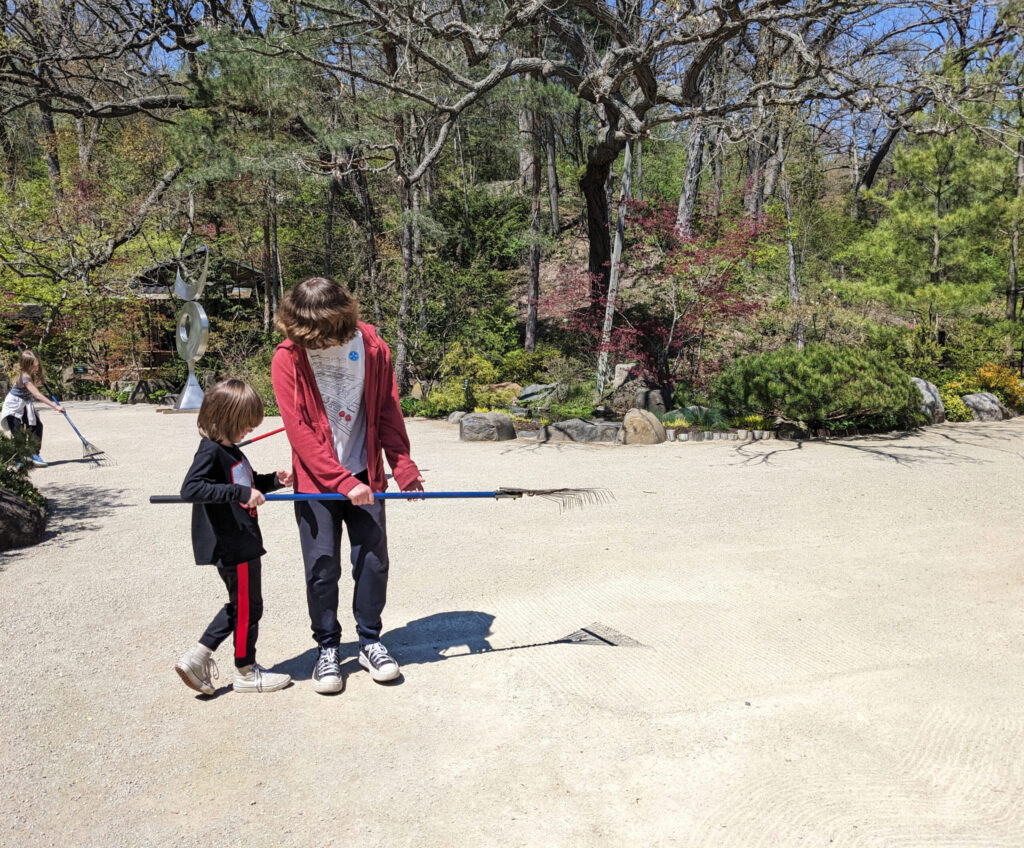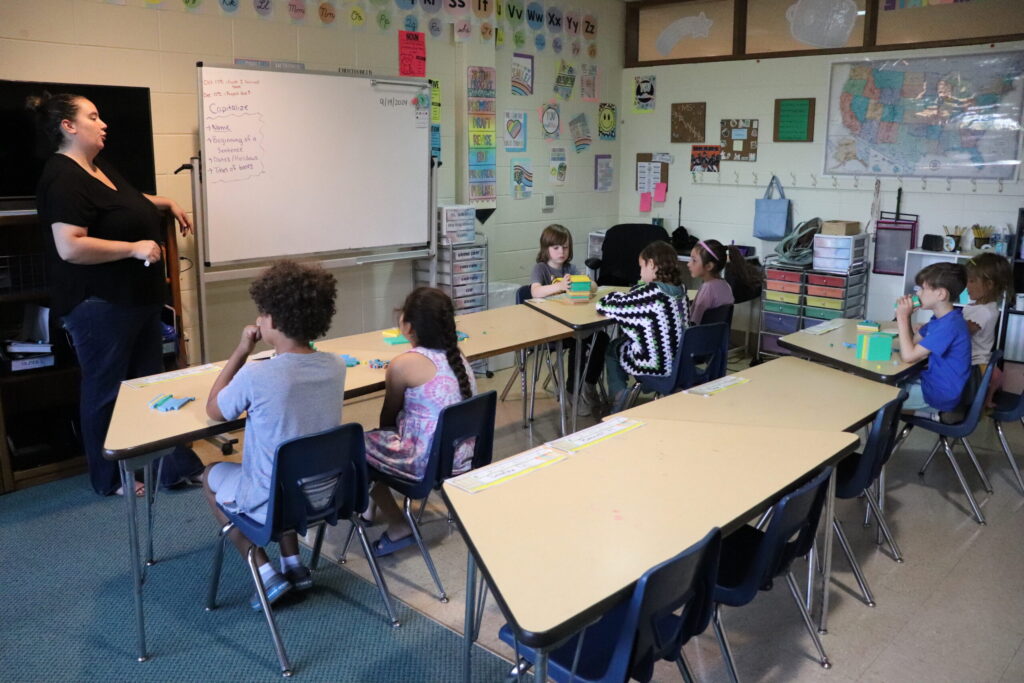Learning Frameworks: Plan-Do-Review and the Relational Learning Framework
A common learning framework supports coherence. This is an important school characteristic, so that educators, assistants, parents, and students have a common language and a shared understanding when in conversations about school, learning, and children. At Spectrum, our frameworks prioritize student choice and voice in their own learning. The purpose of this is to develop efficacy and ownership in their own learning processes, based on their interests and strengths. We refer to this as Learning How to Learn. Rather than quizzes, assignments, homework, and tests, our frameworks foster students’ thinking and planning how to demonstrate their learning in meaningful ways to others, whether it be high-quality work products or performances chosen by the learner. Furthermore, we want students to be able to articulate the relevance of their learning, and its relationship to other ideas and people. Finally, we want the application of a learning framework to strengthen a child’s identity and sense of self as a learner.
At Spectrum, we align to two learning frameworks, one which builds on the other. For our youngest learners, we have long implemented a process from early childhood experts at High Scope called Plan-Do-Review. It leverages learning stations and centers, as well as workshop and teacher-supported activities, in the classroom for each student to Plan their learning (with discussion from the teacher or assistant), Do their plan, and then Review how and what they did- what was successful, what might next steps be, what might be done differently. Sharing work in a closing circle of the day is a way for children to explain their learning to others and develop confidence in their ability to accomplish a plan. Imagine how much children can learn from each other in these sharing circles.
As students mature, the Relational Learning Framework* extends and builds on Plan-Do-Review in complexity, scope, and depth. Students are deeply involved in a six-step process that cultivates and nurtures increasing autonomy and ownership of learning. Units of inquiry, concepts and skills in the content areas, teacher-directed assignments, theme-based challenges, and learning projects (e.g. Genius Hour or Personal Project) are all organized by the student inside this framework, where it is the responsibility of the student to make sense of, set the goals and pace, and determine the direction and outcome of the intended learning objectives. The steps are elegant:
-
- Planning/Goal Setting,
- Exploring (prior knowledge and assumptions, asking questions),
- Researching (with teacher support, gathering and using a variety of resources on the topic, content, focus, or learning challenge),
- Practicing (in the application of skills and concepts),
- Relating (connections to other ideas, self, others, the world), and
- Reflecting (How did I do? What’s next?).
The steps of Relational Learning develop self-direction by having the students deeply engaged and even leading the WHAT, WHAT ABOUT IT, HOW, WHY DOES IT MATTER, and WHO AM I inside the learning process, expectations, and environment. As students apply these steps again and again, they increase in their ability to
*From Fontan Sistema de Pedagogia Relacional and Twani’s Becoming Einstein’s Teacher

